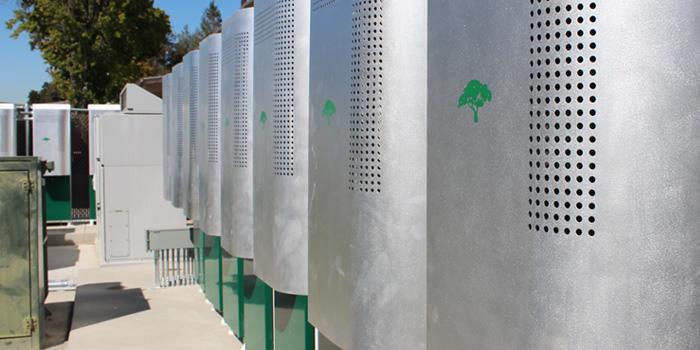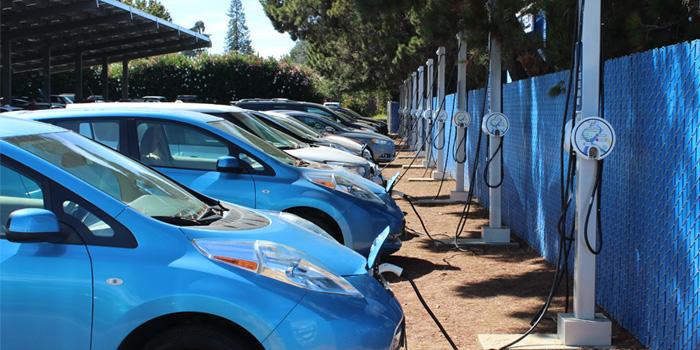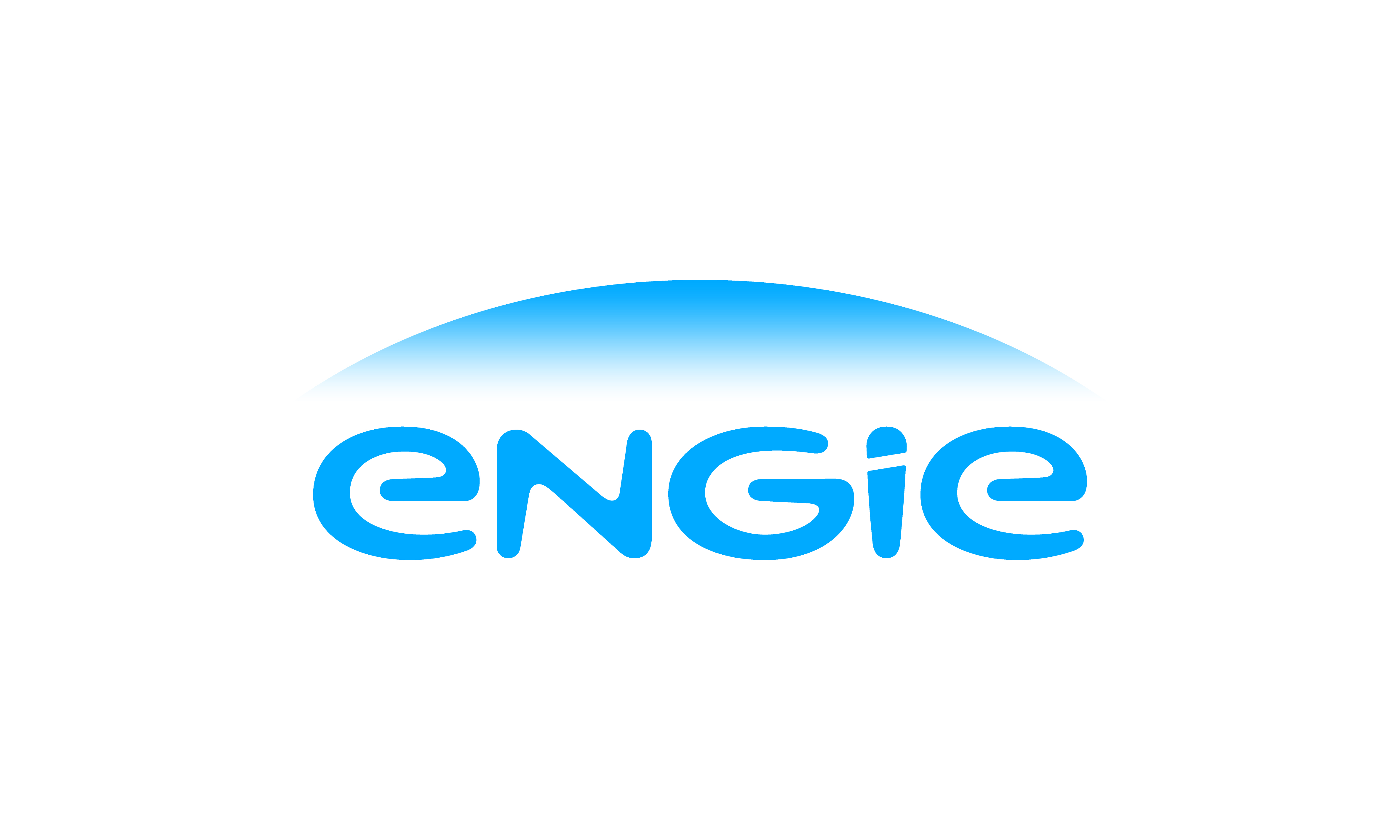Boosting School District Revenue and Sustainability With Energy Storage
Q&A with Mike Mathiesen of Mountain View Los Altos High School District
Boosting School District Revenue and Sustainability With Energy Storage
All over California, school districts are beginning to install energy storage. Mountain View Los Altos (MVLA) High School District was the first district in the state to combine energy storage with solar power generation and electric vehicle (EV) charging stations. At ENGIE Storage, we have years of experience helping K-12 school districts generate cost savings and improve the economics of sustainability measures with our GridSynergy® energy storage systems and software platform. We recently sat down with Mike Mathiesen, associate superintendent of business services at MVLA, to talk about how school districts can benefit from energy storage.
Q: The MVLA school district is located in the heart of Silicon Valley. What makes it unique in terms of the community’s willingness to embrace new technologies for a more sustainable future
A: Our community expects sustainability measures. Students and parents advocate for it. At our campuses we see electric vehicles, recycling, rainwater harvesting, and other green initiatives, so there is a lot of support for anything we do to supplement those efforts. The community really pays attention to how we’re using our resources, and we try to make those choices wisely and responsibly.
Q: How did you find out about energy storage, and how did the project start?
A: Sybil Cramer, a community advocate and member of MVLA’s Go Green Sustainability Committee, found ENGIE Storage through the Green California Schools Summit when she was researching EV charging. At the time, they were known as Green Charge. They held a workshop that showed us the basics of energy storage and how it mitigates the demand charge impact of EV charging. They also helped us acquire funding to install charging stations coupled with energy storage at both our campuses at no cost to the district.
Q: Why did you decide to couple the energy storage with EV charging and solar power generation?
A: Once we started to understand the mechanics of energy storage, we realized it was a great fit for supporting green initiatives. We already had solar panels installed, and energy storage was a way to pull everything together. By storing energy from the grid at night, when energy is less expensive, and when solar panels are productive during the day, and then discharging it from the GridSynergy system during peak demand times, we reduce demand charges and lower our bill from Pacific Gas & Electric (PG&E) without adjusting our usage patterns. It’s also more sustainable, because we reduce the amount of energy drawn from the grid during peak times when less clean sources of energy are in use.
Q: How did the installation process go? What was involved in terms of your time and resources?
A: Demands on our time were minimal. As with any construction project, we experienced a few delays and disruptions. One campus in particular, was challenged by the limited space available for installation. ENGIE Storage did a great job working with contractors and subcontractors to make sure it all went off without a hitch. They worked around our schedule, which is important for a school district.
Q: What has been your experience in the three years since deployment? Have there been new opportunities to benefit from energy storage?
A: We’re committed to modernizing our campuses, making sure they are built to LEED standards and as close to net-zero energy usage as possible. We’ve added more solar panels and EV charging stations. It’s an ongoing process.
Recently, we allowed PG&E (the local utility) to tap into our systems for one of its demand response pilot programs. The way it works is that we get paid by PG&E to be ‘on call’ and reduce our energy drawn from the grid at specific times at their request. The problem is, those requests could come at inconvenient times. For example, we don’t want to shut off the air conditioning on a hot day during school hours.
The good thing about the GridSynergy system is that it enables us to participate without affecting school operations. So, if we have a spike in AC use, and we get a demand response call, the system is configured to automatically discharge the batteries, preventing that demand from being pulled from the grid, so we can fulfill our demand response obligations. We are open to more opportunities to help the grid while benefiting financially from clean energy programs.
Q: Have there been any helpful insights from the GridSynergy software?
A: Having that layer of intelligence and automation gives us more control as our energy needs change, because the software can learn and adapt. For example, we can make sure that if we add more classrooms or EV charging capacity, it isn’t spiking our electricity bill. If rates go up and down, we have a way to mitigate that. Otherwise, we’re subject to those fluctuations.
Q: What interest has the project generated? Has it inspired other districts to take on similar initiatives?
A: Yes, and we’re proud to be a leader. Anybody who comes to our campuses sees the solar panels and EV charging stations, so we get a lot of inquiries from neighboring districts and as far away as the East Coast. When we tell them about the role energy storage plays and the potential benefits, they’re immediately interested. It’s not just school districts, either. In conjunction with ENGIE Storage, we helped a local hospital get started with a major energy storage project that will benefit the community.
Q: What advice do you give to school districts considering energy storage?
A: I tell them to move forward with it as soon as possible as long as the community supports it. Obviously, it’s the right thing to do for the environment. But for school districts, it’s a great way to gain control of your energy costs, stabilize budgets, and direct more money to students’ education.
To learn more about K-12 schools and energy storage please download this free eBook.



